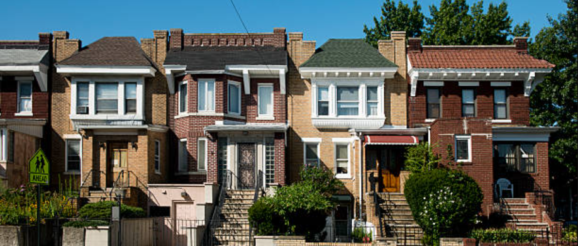New York City Housing Innovation: Homeowners Could Receive $395,000 to Build Extra Spaces

New York City Housing Innovation: Homeowners Could Receive $395,000 to Build Extra Spaces New York City has launched an innovative program offering significant financial incentives to homeowners who create extra living spaces, tackling the city’s housing shortage. Under the newly unveiled Plus One ADU pilot program, the city plans to allocate up to $395,000 to 15 homeowners to construct supplementary apartments. These extra units can take various forms, from conversions in garages, basements, or attics to the development of tiny homes in backyards. The primary objective is to alleviate the housing crunch by increasing density in a city where the demand for housing far exceeds the available supply. However, not everyone is eligible for this program. High-income residents won’t qualify; there’s an income cap of $232,980 for a family of four, ensuring that the assistance targets those who truly need it. Moreover, there will be rent restrictions imposed on the new units, with a maximum cap of $2,600 for one-bedroom apartments. Mayor Eric Adams emphasized the versatility of these additional dwelling units, stating that they cater to diverse needs, from accommodating seniors requiring caregiver space to multigenerational families seeking separate living arrangements or soon-to-be parents in need of extra room for their growing families. New York’s Housing Affordability Crisis New York’s Housing Affordability Crisis
The goal of this program is to help build 100,000 new dwellings in the city as part of a larger housing reform strategy. The plan encompasses repurposing commercial buildings into residential spaces, increasing housing density near public transportation hubs, and reducing areas dedicated to parking. Additionally, the proposal aims to legalize ADU construction across more parts of the city. New York City’s housing affordability crisis has reached critical levels, with a significant discrepancy between job creation and housing development. Despite generating 800,000 jobs in the last decade, the city has only added 200,000 new homes, leading to a situation where half of New Yorkers spend more than 30% of their income on rent, facing significant financial burdens. Taking cues from states like California and Oregon, which have successfully altered zoning regulations to encourage ADU construction, New York aims to tackle its housing crisis through innovative policy changes and financial incentives, offering hope for a more sustainable and accessible housing landscape for its residents.
